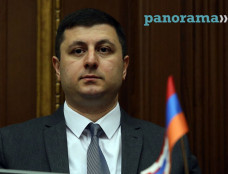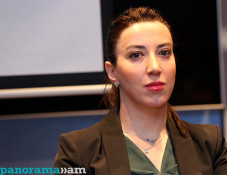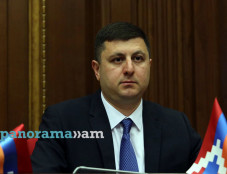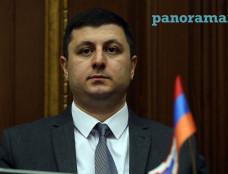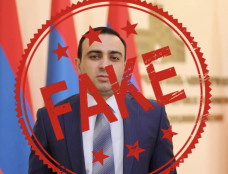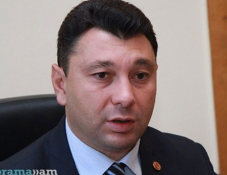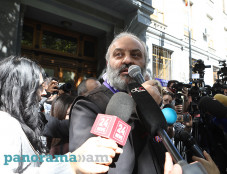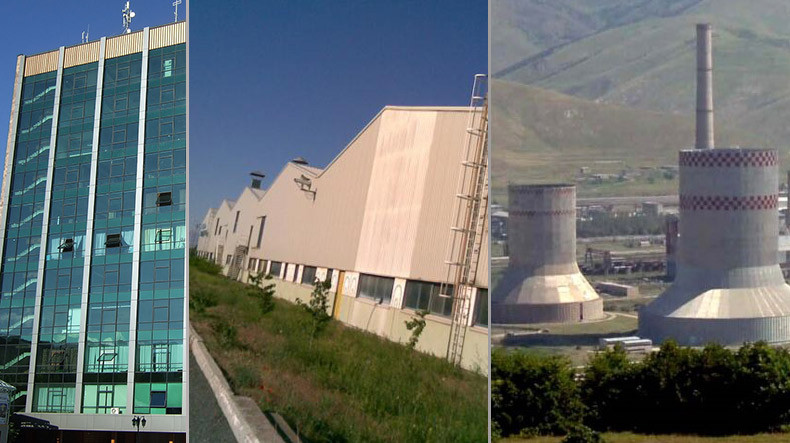
Questions that have fact-based answers 1 - 'Property for debt' deal
Lies tend to grow during election campaigns and during wars. Those lies sometimes require answers based on facts. The unanswered questions - no matter how false and illogic they might be - will continue to spread in their illogic logic.
Here is the case of the so-called 'Property for debt' deal, which has been discussed much in the past days. The discussions, however, lacked the factual basis, since they are articulated deliberately in a way to suggest that "Kocharyan gave everything to Russians," "the operating plants were handed over to Russians," etc.
The accumulated state debt
During the years of first President Levon Ter-Petrosyan, Armenia accumulated some $100 million debt to Russia incurred since 1992-94s. Assuming the post of the president in 1998, the power in Armenia led by Robert Kocharyan received that debt as a 'heritage' from the previous power. In 2000s, the issue of debt repayment arose.
Was it possible to pay the debt in cash?
The consequence of clearing the debt to Russia amounting to $98 million could result for Armenia having difficulty to increase salaries for teachers, doctors, the military, adding pensions, carrying out capital construction envisaged by the state budget and making other expenses. That would first and foremost leave an impact on all citizens. In other words, paying the debt in cash would mean to borrow again.
Enterprises in exchange of debt
The 'Property for debt' deal was agreed as a result of negotiations between Armenia and Russia and was signed in 2002. According to it, Armenia offered to Russia some of its major assets to cover the debt. The list includes: 1. Hrazdan thermal power plant, 2. Mars electronics plant, 3. Yerevan Materials Science Research Institute 4. Yerevan Computer Research and Development Institute (Mergelyan), 5.Yerevan Automated Control Systems Scientific Research Institute.
What did the deal give to Armenia?
First, the deal enabled the government of Armenia to clear its $99 million foreign debt, easing not only the material but also the moral burden of having a debt.
Secondly, apart from the fact that the debt amounting to $99 million was fully covered, the 'Property for debt' programme allowed the Russian side to make investments worth of $100 million into the Armenian economy. That is to say, the programme not only didn’t harm the economy, reduced the foreign debt by $100 million, but also secured additional $100 million of Russian capital to enter Armenia's economy. Those investments have been and are continuous.
Thirdly, according to the deal, Armenia ensured the preservation of those enterprises and then their development and modernization. Not to mention the creation of new jobs for Armenian citizens, employment opportunities and the taxes paid to the budget.
Fourthly, due to the programme, the content of Armenia-Russia trade relations switched from ‘debtor-creditor' domain to economic partnership.
What happened to those enterprises?
The answer about Hrazdan thermal power plant is clear and obvious. The plant ioperates and produces electricity. The other three scientific research institutes merged and operate under the name Yerevan Computer Research and Development Institute which paid $207 million in taxes to the state budget in 2017.
Later, “Alliance” free economic zone based on “RAO Mars” CJSC and “The Yerevan Computer R&D Institute” CJSC was established oriented to the production and exports of high and innovative technologies.
The free economic zone is home to production of LED lights, operation of PharmaTech pharmaceutical manufacturing company, of unmanned aerial vehicles (UAV) by Instigate CJSC, Technology and Science Dynamics Inc./Armtab Technologies, manufacturer of Armenian tablets and smartphones. Since the launch of the free economic zone, an investment worth some $2,8 billion have been made with around 326 job places created thus far.
Based on the above, the legitimate question arises: who is not happy about people in Armenia who have jobs and income.
Newsfeed
Videos






